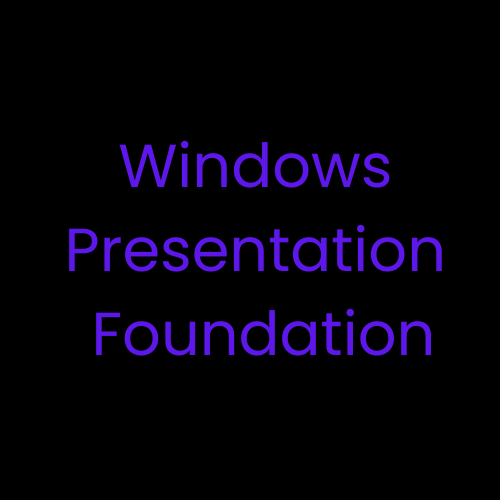What is WPF (Windows Presentation Foundation)?
 Mikhilesh M Hirphode
Mikhilesh M HirphodeTable of contents

Windows Presentation Foundation (WPF) is a powerful framework for building Windows desktop applications. It allows developers to create rich, visually stunning user interfaces using a combination of XAML (eXtensible Application Markup Language) and C# or VB.NET. In this blog post, we'll take a closer look at some of the key features and benefits of WPF, as well as some tips and tricks for getting started with WPF development.
One of the main advantages of WPF is its ability to create visually rich and interactive user interfaces. WPF uses vector-based graphics, which means that the graphics can be scaled and rotated without losing any quality. This allows for the creation of high-quality, scalable user interfaces that look great on any resolution or screen size. WPF also includes built-in support for 2D and 3D graphics, animation, and multimedia, which can be used to create engaging interactive user experiences.
Another major benefit of WPF is its separation of concerns. WPF separates the presentation of a user interface from its underlying logic, allowing developers to work on the user interface and the underlying logic independently. This makes it easier to maintain and update the application, as well as to test and debug it.
In terms of development, WPF also provides a powerful set of tools and frameworks that make it easy to build and deploy applications. The WPF developer community is also large and active, with a wide range of resources and support available online.
Getting started with WPF development can be a bit overwhelming, especially if you are new to the framework. But there are many resources available to help you learn the basics and become proficient in WPF development. Microsoft has some great documentation and tutorials on WPF on their website, as well as a number of sample applications and code snippets that you can use as a starting point. Additionally, there are many online communities, such as forums and developer groups, where you can ask questions, share ideas, and get help from other WPF developers.
In conclusion, WPF is a powerful framework for building Windows desktop applications that provides a rich set of features and tools for creating visually stunning and interactive user interfaces. It also allows developers to separate the presentation of a user interface from its underlying logic, making it easier to maintain and update applications. With the right resources and support, anyone can become proficient in WPF development and create high-quality, engaging applications.
Subscribe to my newsletter
Read articles from Mikhilesh M Hirphode directly inside your inbox. Subscribe to the newsletter, and don't miss out.
Written by
